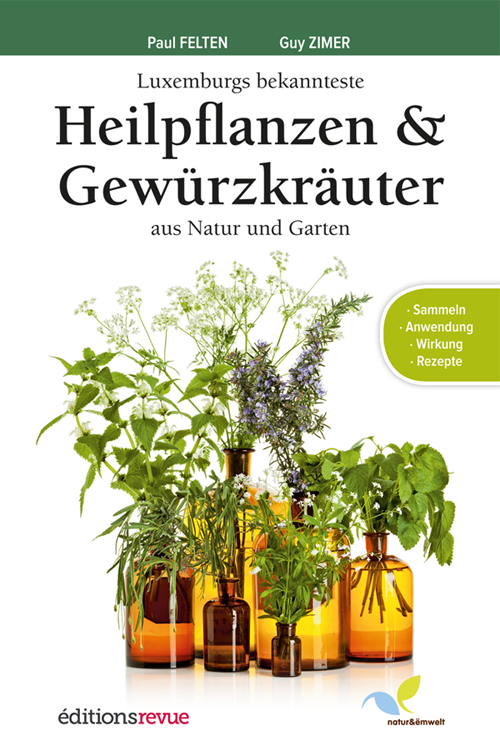
Constituents:
Flowers contain essential oil with chamazulene and α-bisabolol, flavonoids (especially apigenin), phenolic acids, and coumarins.
Chamomile
Matricaria chamomilla L.
Effects and Use:
Chamomile is used internally as tea for acute stomach upset, bloating, or cramps. Its antispasmodic effects come from flavonoids, supported by α-bisabolol. Chamazulene and α-bisabolol are also anti-inflammatory, justifying use in gastritis, ulcers, and intestinal inflammation.
Externally, chamomile (as tea or diluted tincture) is used as a mouthwash for gum inflammation, or inhaled for respiratory infections. Chamomile baths are useful for anal/genital inflammation. Creams and ointments with chamomile are used for skin conditions.
Tea Preparation:
Steep 3 teaspoons of chamomile flowers in 1 cup boiling water for 10 minutes, covered. Strain. Drink 3–4 cups daily between meals.
Tincture solutions are stronger than teas due to higher essential oil content.

Disclaimer:
Text and photos are taken from the book “Luxemburgs bekannteste Heilpflanzen & Gewürzkräuter aus Natur und Garten”, written by authors Paul Felten and Guy Zimmer, with the support of EDITION REVUE and NATUR & ËMWELT.